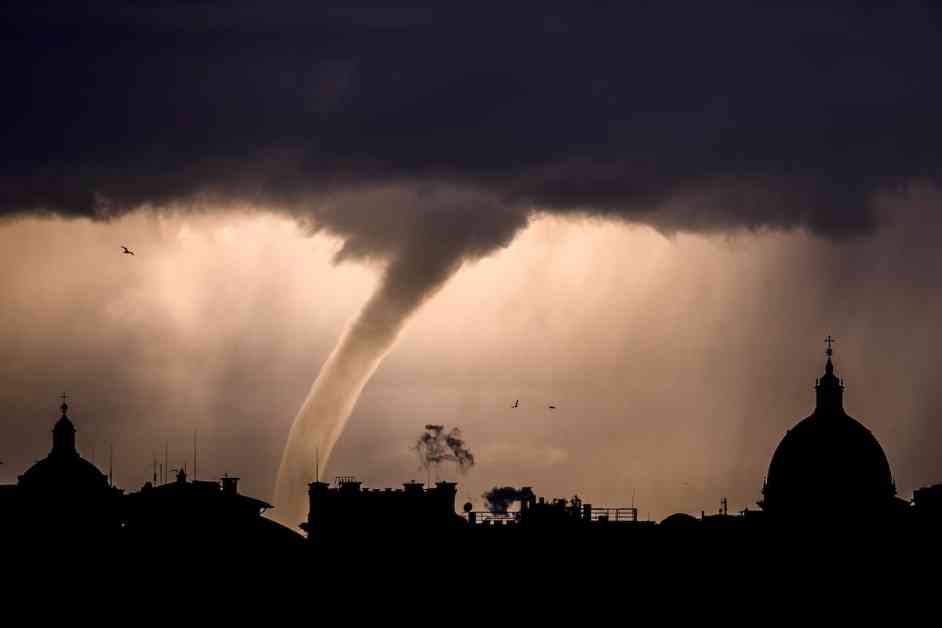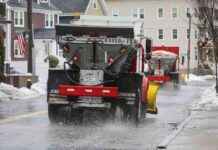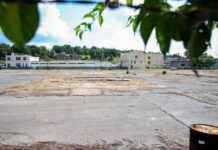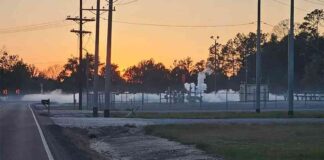So, there was a tornado that hit Rome, Italy on December 9, 2021. Antonio Masiello captured the chaos in a photo. Trust us, we know our stuff. EcoWatch has been around since 2005, bringing you the latest on environmental issues with a science-based approach.
According to Swiss Re Institute, insured losses from natural disasters globally are projected to hit a whopping $145 billion this year. The main culprits? “Secondary perils” like floods, wildfires, and severe thunderstorms. That’s a five to seven percent annual growth trend, in case you were curious.
The report, titled “Natural catastrophes: insured losses on trend to USD 145 billion in 2025,” warns that “primary perils” such as earthquakes and hurricanes pose the biggest risks. Imagine insured losses exceeding $300 billion in a peak year. Yikes.
In 2025, wildfires in Los Angeles kicked things off with a bang, causing an estimated $40 billion in insured losses. While secondary perils pack a punch, primary perils are the real troublemakers. When a severe hurricane or earthquake hits a densely populated urban area, losses could easily double the long-term trend.
Remember 2017? Hurricanes Irma, Harvey, and Maria wreaked havoc, resulting in a peak year for insured losses. Swiss Re Institute emphasizes that these peak years aren’t anomalies. Risks have been steadily increasing due to factors like population growth, economic expansion, urban sprawl, and the cherry on top – climate change.
Balz Grollimund, head of catastrophe perils at Swiss Re, warns that if a severe hurricane or earthquake hits a highly insured urban area, losses could skyrocket to $300 billion in a single year. That’s a lot of dough.
The institute’s estimates show that hurricanes from the early 20th century would cause over $100 billion in losses if they hit today. Hurricane Andrew, for example, cost $35 billion in insured losses back in 1992. Fast forward to today, and you’re looking at nearly triple the losses due to economic and population growth.
Hurricane Katrina, the costliest insured loss event in history, wouldn’t pack the same punch as it did 20 years ago. While losses would still hit around $100 billion, improved flood defenses and a 20% decrease in the local population along Katrina’s path have lessened the blow.
The United States took the biggest hit last year, accounting for nearly 80% of the world’s insured losses. Blame it on severe hurricanes, earthquakes, wildfires, thunderstorms, and floods. Those poor Americans can’t catch a break.
Premium rates for insurance depend on various factors, but exposure to natural perils takes the cake. States like Texas, Florida, California, Colorado, and Louisiana bear the brunt of U.S. natural catastrophe losses. Florida’s per-household premiums are double the national average, thanks to those pesky hurricanes.
Everyone’s favorite topic – Hurricane Ian – caused over $60 billion in private insured losses in Florida alone. That Category 4 storm meant business.
Jérôme Haegeli, group chief economist at Swiss Re, stresses the importance of collaboration between the public and private sectors to reduce losses. A well-capitalized reinsurance sector, with a cool $500 billion in capital, acts as a vital shock absorber. We need that cushion to bounce back quickly from disasters.
In 2021, natural catastrophe losses hit $137 billion worldwide. Major floods, wildfires, hurricanes Milton and Helene, and severe thunderstorms in the U.S. were the main culprits. It’s a wild world out there.
As losses continue to climb, it’s crucial to nip potential losses in the bud. Mitigation measures may cost a pretty penny, but they’re worth it. A recent study shows that flood protection is up to ten times more cost-effective than rebuilding post-disaster. Who knew?
So, there you have it. Natural disasters are wreaking havoc, and it’s up to us to be prepared. Stay safe out there, folks.














